Search
Did you mean: Lysander?
Search Results
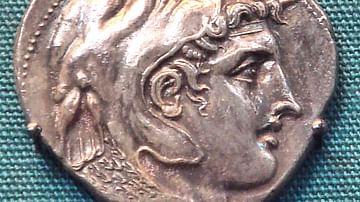
Image
Alexander the Great, Ptolemaic Coin of Alexandria
A silver coin of Alexandria depicting Alexander the Great. Reign of Ptolemy I (366 BCE – 282 BCE). (British Museum, London)

Image
Alexander Ludwig as Bjorn Ironside
Alexander Ludwig as Bjorn Ironside from the TV series Vikings.
Photo © The HISTORY Channel
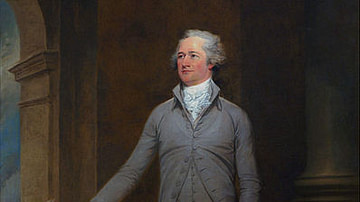
Image
Alexander Hamilton as Treasury Secretary, 1792
Alexander Hamilton, oil on canvas portrait by John Trumbull, 1792.
Metropolitan Museum of Art, New York.
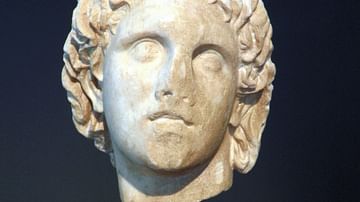
Image
Alexander the Great, from Pella
Marble head of Alexander the Great. Chance find from the area of Giannitsa near Pella. End of the 4th century BCE. (Pella Archaeological Museum, Greece).
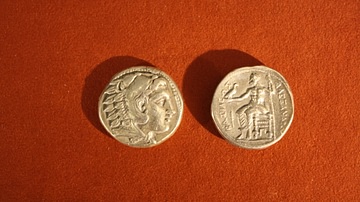
Image
Alexander the Great, Macedonian Silver Tetradrachm
Silver tetradrachm from the reign of Alexander the Great, 336-323 BCE. O: Head of Hercules. R: Zeus seated on a throne holding an eagle.
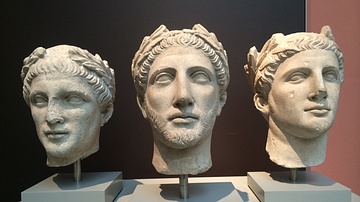
Collection
Between Alexander & Rome: The Hellenistic Period
The Hellenistic Period refers to the time between the death of Alexander the Great (323 BCE) and the rise of the Roman Empire (32 BCE) in which Greek culture spread throughout the Mediterranean and Near East. Beginning with a series of conflicts...
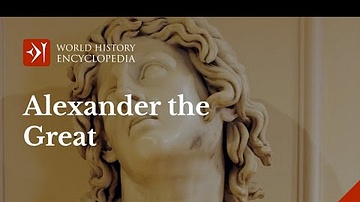
Video
Alexander the Great: Life and Reign of the King of the Macedonian Empire
Have you ever wondered 'who was Alexander the Great? What is Alexander the Great famous for? or At what age and how did Alexander the Great die? Well, if you have, then this is the video for you. This video spans from the birth to the life...
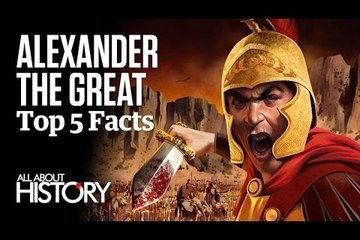
Video
Alexander the Great | Top 5 Facts
City founder, natural leader and proud red head, here’s five shocking facts on the battle born Alexander the Great. For more historical facts and features, visit http://www.historyanswers.co.uk/ Or purchase the latest issue of the...

Video
Alexander the Great and Hellenization in the 4th Century BCE
Alexander the Great was the son of Philip II of Macedon and the man who started the hellenistic era during the 4th century BCE. After inheriting the Macedonian Empire when Philip II died, Alexander the Great extended it into the largest empire...
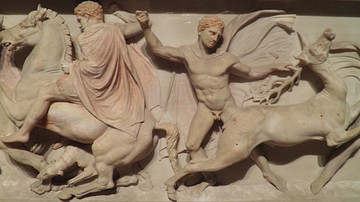
Definition
Hephaestion
Hephaestion was a member of Alexander the Great's personal bodyguard and the Macedonian king's closest and lifelong friend and advisor. So much so, Hephaestion's death would bring the young king to tears. From 334 to 323 BCE Alexander the...